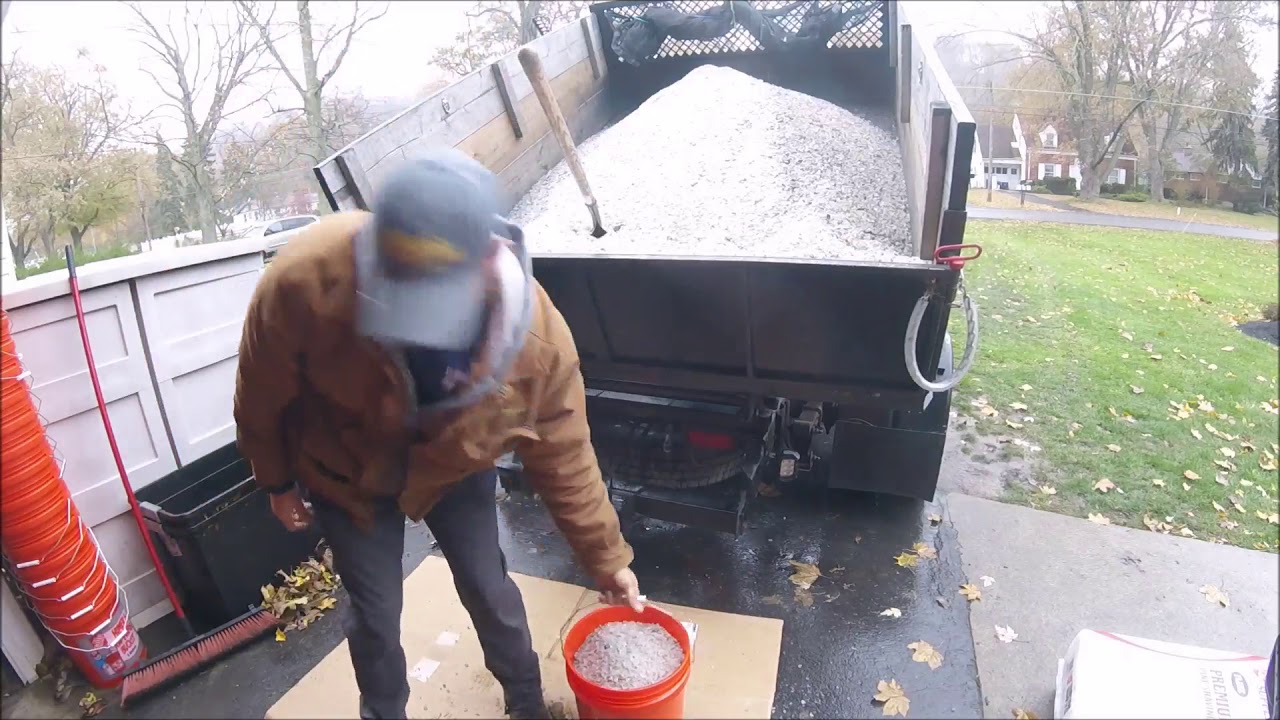How to Use Salt to Melt Ice on Driveways and Sidewalks

For those of us who live in cold climates, winter and ice can be a nuisance or a hazard. There is a natural substance form ninja de-icer for example that will help you remove ice quickly. In this article, we will demonstrate how to use salt to melt ice on driveways or sidewalks.
De-Icing Salts
Bulk Salt for Snow Removal or salt for melting icy surfaces comes in different chemical compositions besides the formula of sodium chloride that we are familiar with.
Calcium chloride comes in the form of rounded white pellets and handling it with bare hands can cause skin irritation. Like regular rock salt, calcium chloride runoff can still damage concrete and vegetation during the melting season. Potassium and magnesium chlorides offer a safer solution for the environment. These compounds release less chlorine when they dissolve, causing less damage to their environment. Potassium chloride only works at air temperatures above 17 degrees Fahrenheit, while magnesium chloride can melt ice and snow at much lower temperatures.
Step 1 – Shovel Snow From The Area
It is important to shovel as much snow and ice as possible from your driveway or sidewalk first. As the chlorine released by dissolving salt can be dangerous for your concrete and for the environment, it is recommended to use as little as possible. Shoveling is hard work, but this step could save you from having to do concrete repairs later.
Step 2 – Apply Salt
Apply the salt to icy areas of your driveway or sidewalk. You should notice that the ice begins to melt quickly and thin patches of ice disappear within minutes. Thicker stains can take much longer, so you can let them melt slightly, then remove them with a shovel. It should lift easily after letting the salt sit.
Step 3 – Remove The Ice With A Brush Or A Shovel
Whisk away remaining ice cream. Your thin areas of ice may melt completely, but you’ll probably need to sweep or remove the thicker patches.
Step 4 – New Request
Reapply salt only as needed after shoveling. With a healthy supply on hand, you should keep dangerous patches of ice at bay for the duration of the winter months.
Other Tips
Consider buying salt in bulk. It can sit happily for long periods of time without losing its effect. This means fewer trips to the hardware store and buying in bulk usually saves money in the long run. Buy a healthy supply of salt in September or October. Once the flakes start to fly away, home improvement and hardware stores can run out quickly.
Save money by buying your salt in the spring. Most stores will try to get rid of it at this point, and you’ll save loads. A long shelf life means the salt is easy to store in a garage or shed until winter. Try to keep salt away from your lawn if possible. The chlorine released by the salt will kill the grass, leaving unsightly brown spots when the ground eventually thaws. Keep your salt away from any metal. It will start to corrode the metal when it gets wet.
Salts in addition to magnesium chloride only work well when the outside temperature is above 20 degrees Fahrenheit. If it’s colder than that, sand or ash might be a better option. These won’t melt the ice, but they will provide you with traction to prevent slips and falls. If your community uses salt to coat the roads, watch the bottom of your car carefully. It can rust heavily.


Comments are closed.